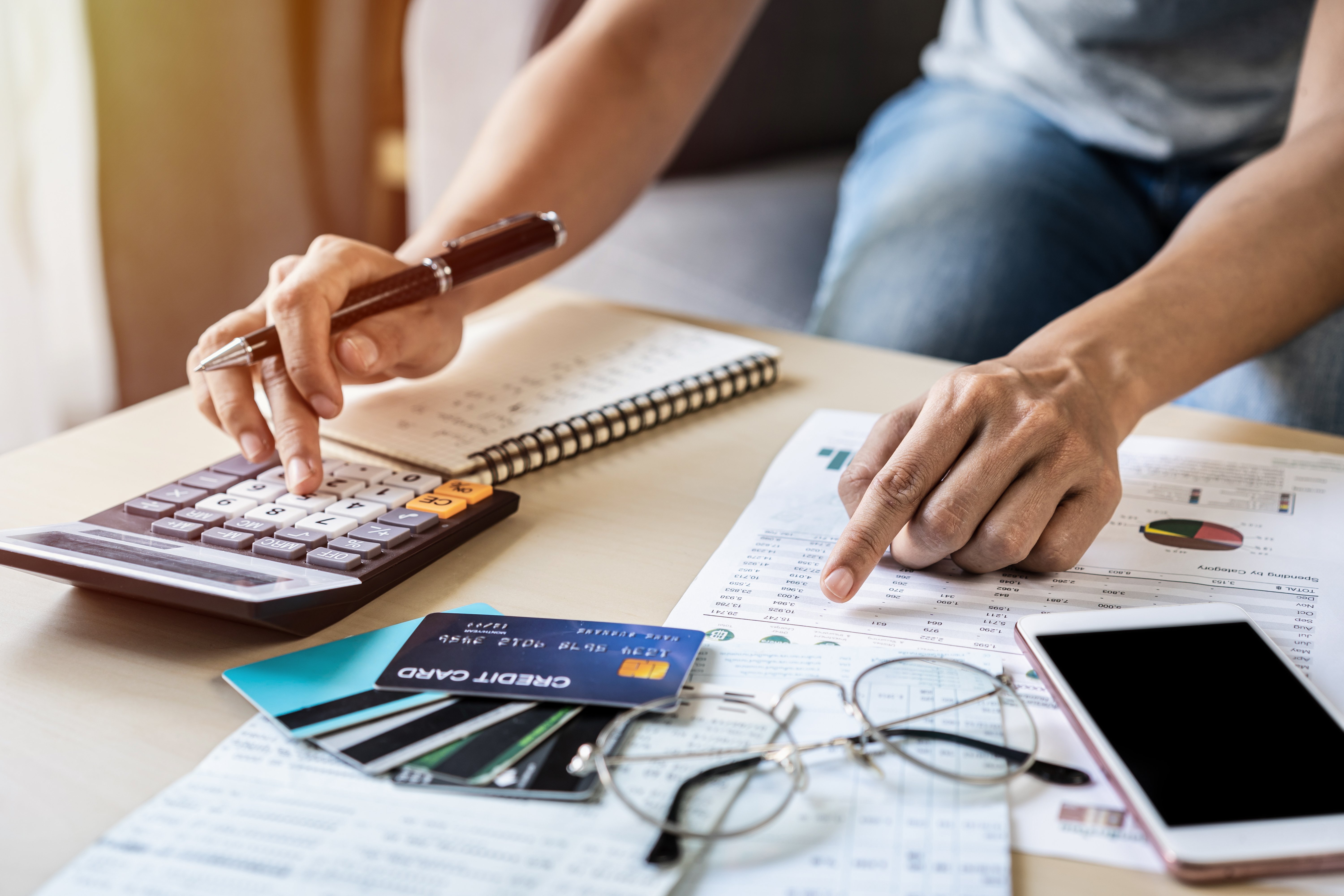- 7 17 Staff
How Can You Manage Credit Card Debt When Inflation Is on the Rise?

Many people are feeling the impacts of inflation. What once was a nice night out or a usual trip to the grocery store may now be a stressful experience because of rising prices, from eggs and frozen pizza to dinner at your usual restaurant.
The stress created by rising prices is combined with the stress of balancing necessities with the occasional fun night out. In the back of your mind throughout these transactions, you may be worried about your credit card debt and how to keep it under control during times of inflation.
Although the task of controlling credit card debt can feel insurmountable, there are steps you can take to manage it and get your spending and credit card balances back on track.
4 Tips for Managing Credit Card Debt During Inflation
Inflation combined with credit card debt can feel overwhelming. The good news is that even during rising inflation, there are ways to manage your credit card debt.
1. Limit excess spending.
You can’t avoid spending money on utilities, groceries or gas. However, excess expenses such as streaming services, takeout or a latte every day can be reduced. These additional expenses combined with online or brick-and-mortar retail shopping can translate to taking on additional credit card debt.
Reviewing your bank and credit card statements can help you see where you’re spending excess money that you may not even realize. Cutting a seldom-used streaming service or reducing takeout to once a week can help you save.
2. Balance saving and paying off debts.
It can be tempting to forego one strategy to focus on another. However, it’s important to make sure you’re not ignoring your savings in order to eliminate your credit card debt or vice versa.
Strive to set aside a dedicated amount of your income toward your savings as well as a separate amount toward paying off one debt at a time:
- The snowball method of paying off debt involves placing any extra funds toward the smallest debt. Once this debt is paid off, the money you spent on that debt then is dedicated to the next highest balance, and so on.
- The avalanche method of paying off debt focuses on paying off the debt with the highest interest rate first. However, if the debt with the highest interest rate also carries a high balance, it can be hard to see any wins right away.
It’s important to note that whichever debt payoff method you choose, you should stick with it in order to see the gains, such as an improved credit score.
3. Stop using your credit cards.
The more you use your credit cards, the more insurmountable your credit card debt is going to feel. Groceries, gas and utilities are more expensive now, but if you put those necessities on your credit card, they’ll be more expensive because now you’re paying interest on the purchase.
Instead of reaching for the credit card, use your debit card or cash. It may also help to leave your credit card at home in a safe location so you aren’t tempted to use it when you go out.
4. Consolidate your balances.
If you have multiple credit cards, especially with high and/or variable interest rates, it may be helpful to look into debt consolidation options such as a personal loan or balance transfer credit card.
A personal loan may allow you to pay off all of your credit card debt and instead focus on just paying the personal loan. This option may give you extra money in your account each month if the payment amount is less than your total payment on all of the aggregated accounts — and with this option, you want to aim for paying less than you were originally paying. A balance transfer credit card will allow you to transfer the balance from one credit card to another, but only if the credit card companies are different.
It’s very important to keep the following points in mind:
- If your personal loan interest rate is variable or higher than the average of your current credit card interest rates, it may not be worth it to consolidate your debts.
- The balance transfer credit card approach may only be worthwhile if there is a 0% introductory rate for balance transfers. This is usually for anywhere from 12-18 months.
Whether you get a personal loan or a balance transfer credit card, avoid racking up more debts through additional credit card use. Continuing to put more purchases on your credit cards will only increase your debts and make it harder to pay off the balances.
Get Started With a Financial Action Plan
Managing your credit card debt can be a lot of work, but it’s worth it, especially when you start feeling relief as your debt decreases.
Start off on the right foot by coming up with a financial action plan for lowering your credit card payments. Then, check out your local credit union for financial products and resources that can help you better manage your credit card balances and improve your financial wellness.
Learn more and access helpful resources by becoming a credit union member and opening a checking account today.